Office Tenants Closer to Getting Hybrid Right
CBRE's annual occupier study found 72 percent of respondents meeting their attendance goals.
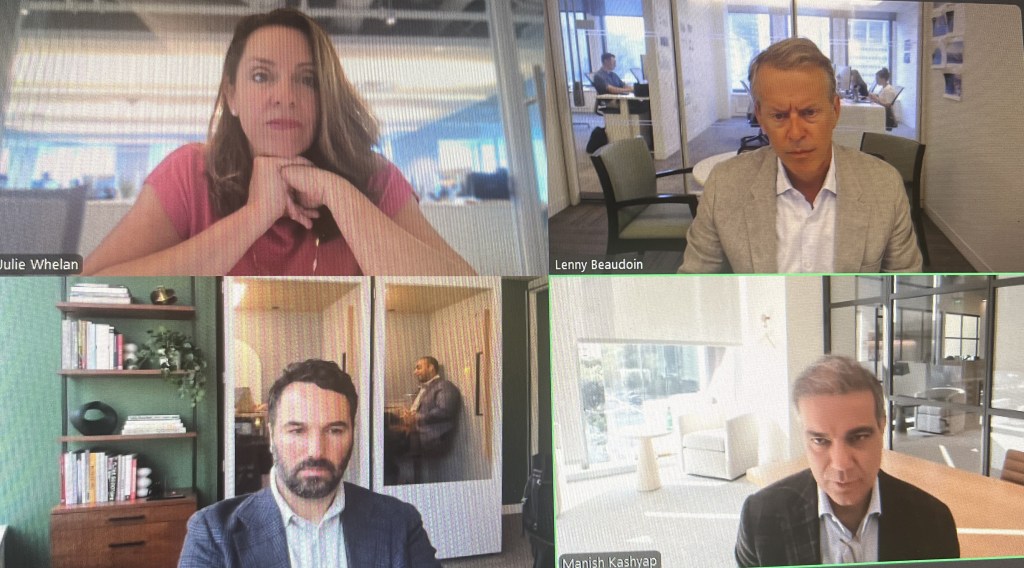
Finding the perfect balance between in-office and at-home work has been a struggle for many companies. But an upcoming CBRE report finds an increase in companies that have found their sweet spot.
According to CBRE’s 2025 Americas Office Occupier Sentiment Survey, which will be officially released next week, 72 percent of organizations that participated reported achieving attendance goals vs. 61 percent making that claim in 2024.
Thirty-eight percent of respondents indicated they are still targeting greater in-office attendance, up from 34 percent last year.
This year, CBRE surveyed 185 corporate real estate executives from companies ranging from 500 employees to 10,000.
“Although many organizations aren’t necessarily moving the needle too much on what they expect, although we do see a little bit push more towards the office,” said Julie Whelan, CBRE’s global head of Occupier Research, “the big headline here is that many more are actually achieving this kind of new normal this year than they have in the past years.”
READ ALSO: How to Increase Office Energy Efficiency
Meanwhile, 85 percent of organizations are communicating an attendance policy, up from 80 percent last year. Sixty-nine percent, up from 45 percent last year, are monitoring attendance, and the share of companies enforcing attendance policies climbed from 17 percent to 35 percent.
“What that shows me is we are still formally in a hybrid world,” Whelan said. “However, those edges are getting pushed to get people into the office just a little bit more, even among those that think they’ve pretty much achieved expectations right now.”
Smaller tenants more satisfied
Interestingly, smaller companies, which typically want employees in the office more often, are meeting their in-office expectations more than larger companies. Among survey respondents, smaller companies expect 3.4 days in the office, and employees are showing up 3.4 days. Larger companies want employees in 3.1 days and the show-up rate is 2.9 days. Overall, companies are expecting 3.2 days in the office while the overall employee show-up rate is 2.9.
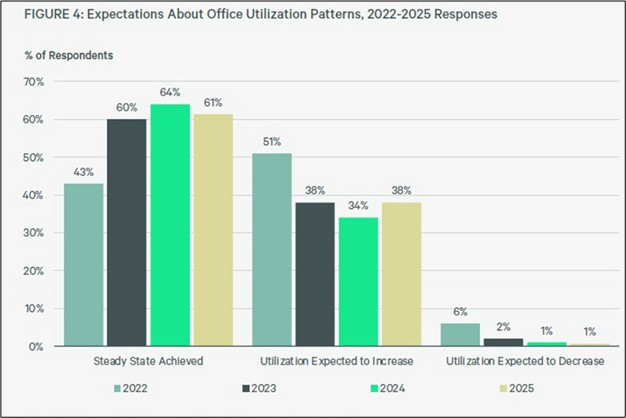
Smaller companies (79 percent) and Class B/C office occupiers (68 percent) were also more likely to report they are in a “steady state” in terms of office utilization. Large organizations (57 percent) and Class A space occupiers (43 percent) anticipated growth in office utilization.
In a slight change from last year, 26 percent of employers are requiring four to five days in the office—up from 23 percent.
Challenges remain
While corporate occupiers are adjusting to a hybrid world, 87 percent of respondents reported that the new norm creates challenges that must be addressed, including lack of vibrancy on lower-attendance days (51 percent), getting leaders to follow through on attendance policies (40 percent) and difficulty in anticipating future space needs (39 percent).
Hybrid work is a “compromise” that extends beyond the physical realm, said Jamie Hodari, CBRE’s CEO of building operations & chief commercial officer, during the briefing. “You can think of it as a hybrid between the needs and desires of the employer and the needs and desires of the employee.”
And corporate occupiers are much closer to reaching that compromise, Hodari said.

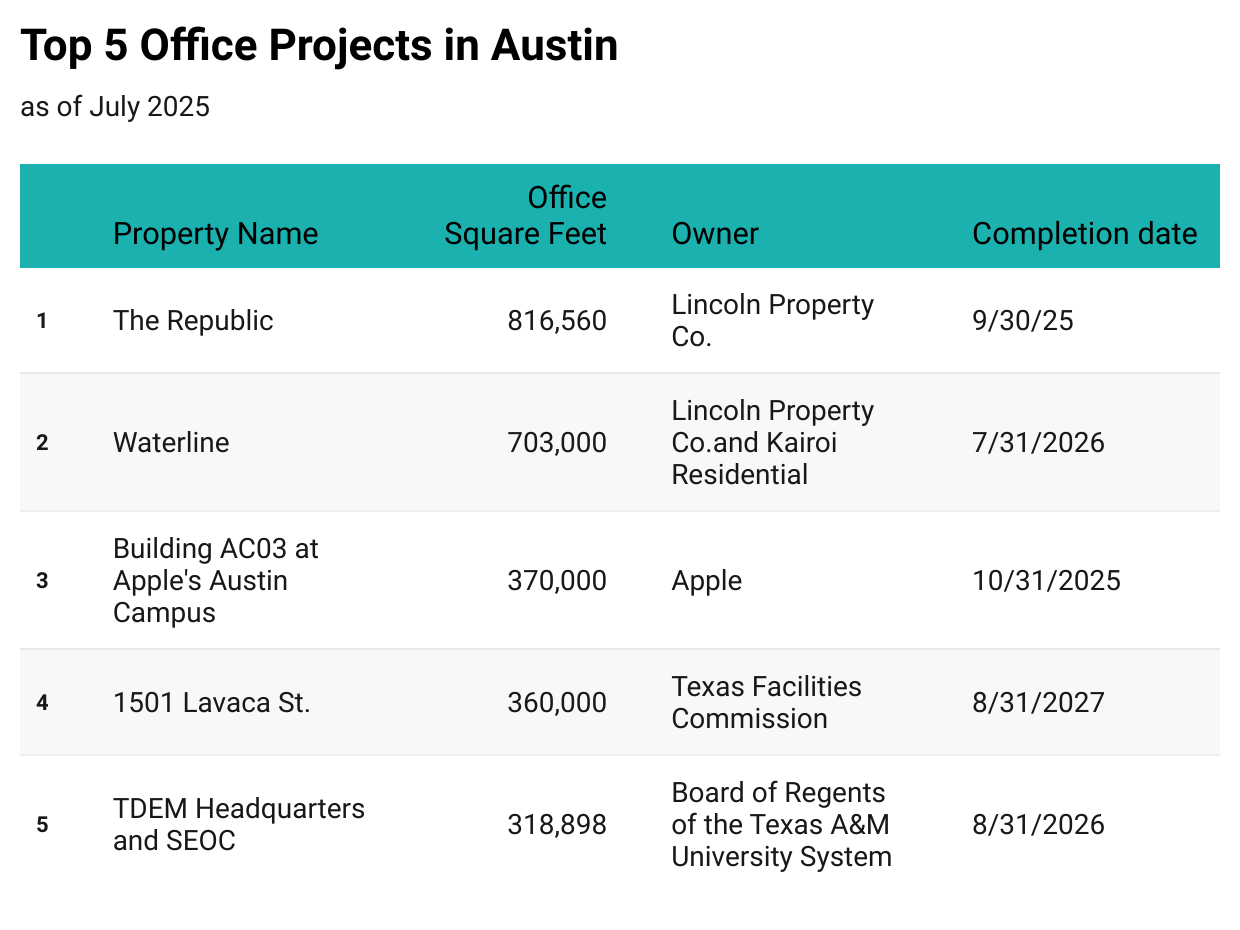
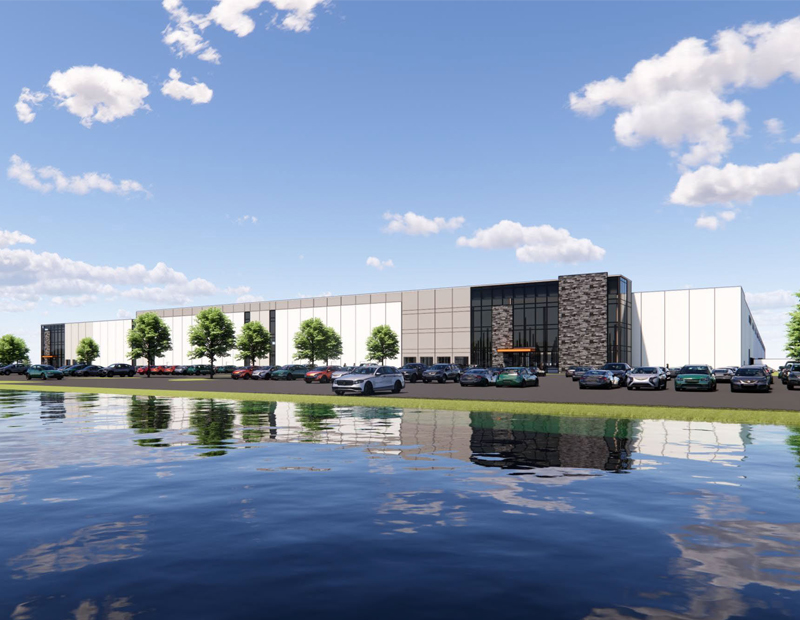


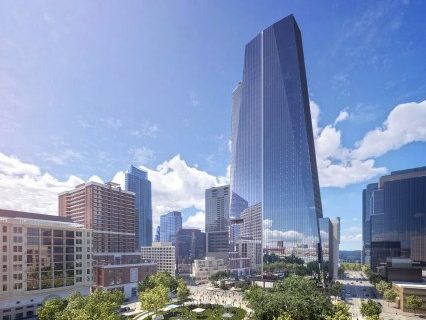
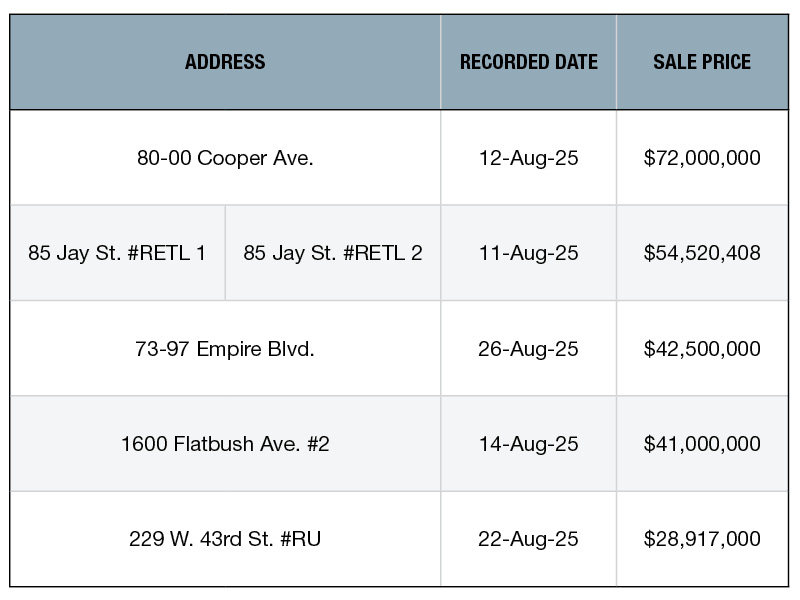
You must be logged in to post a comment.